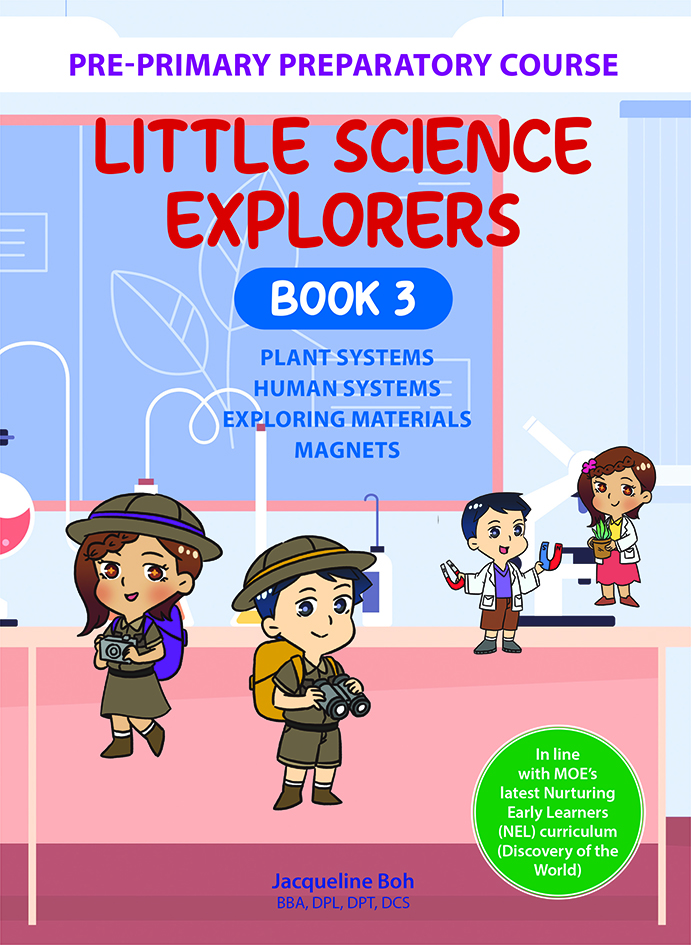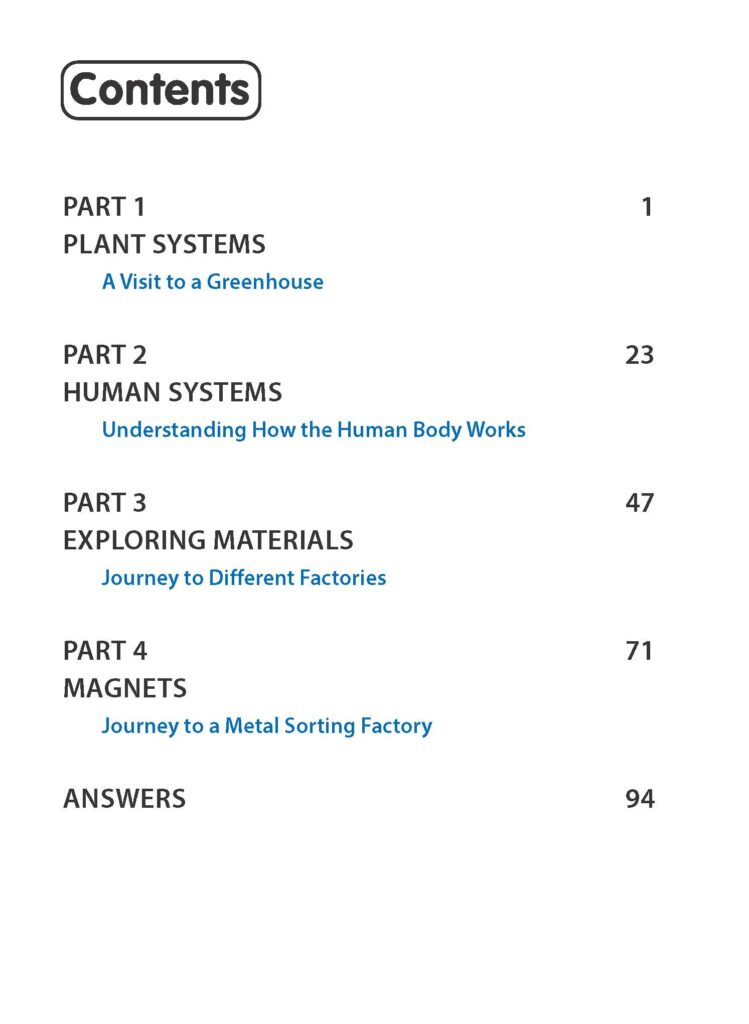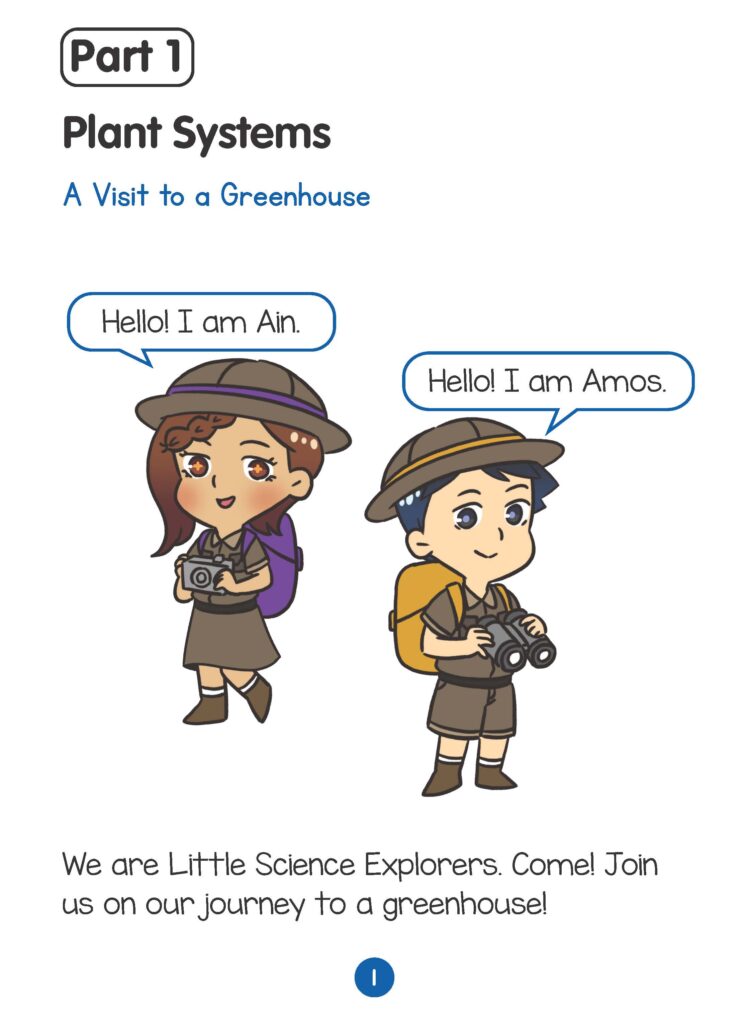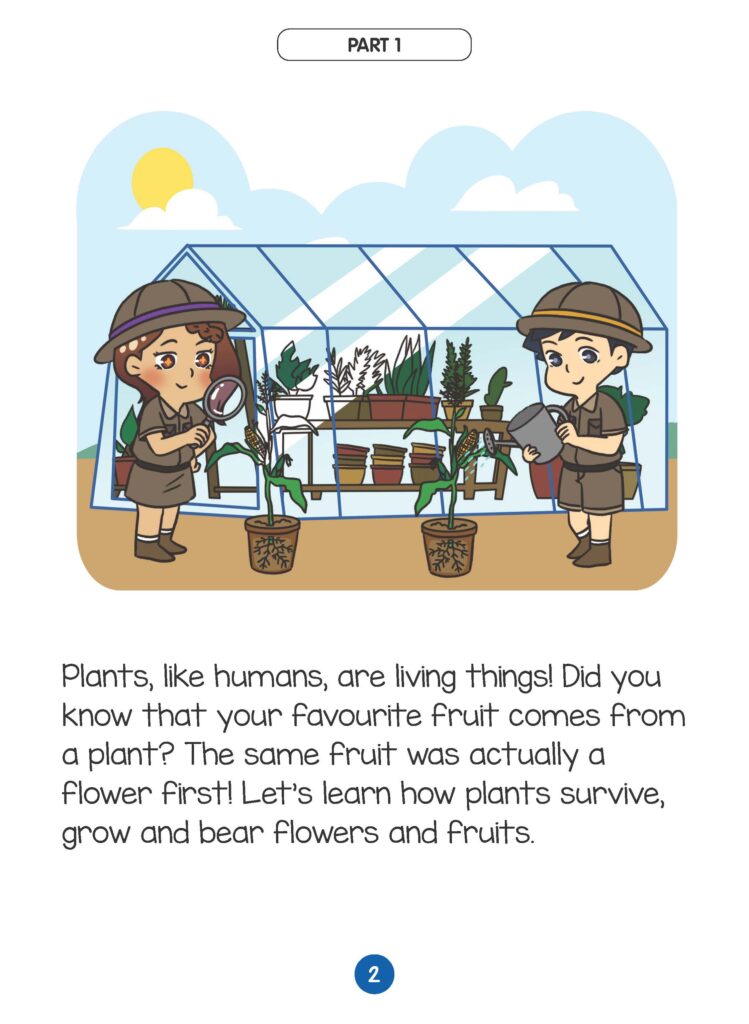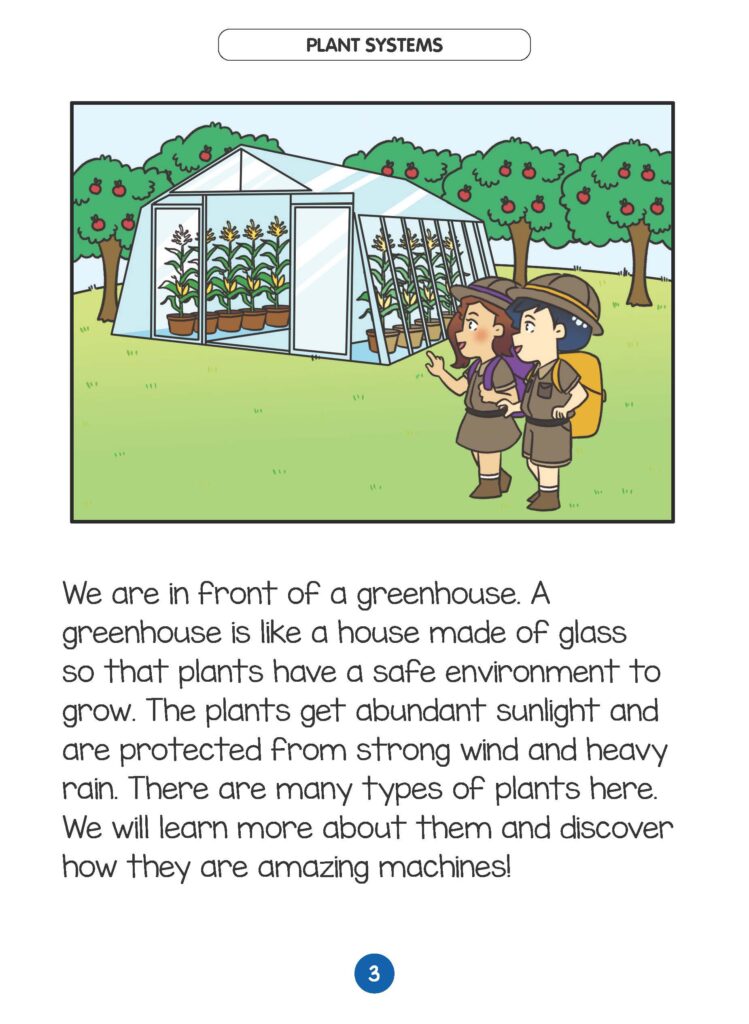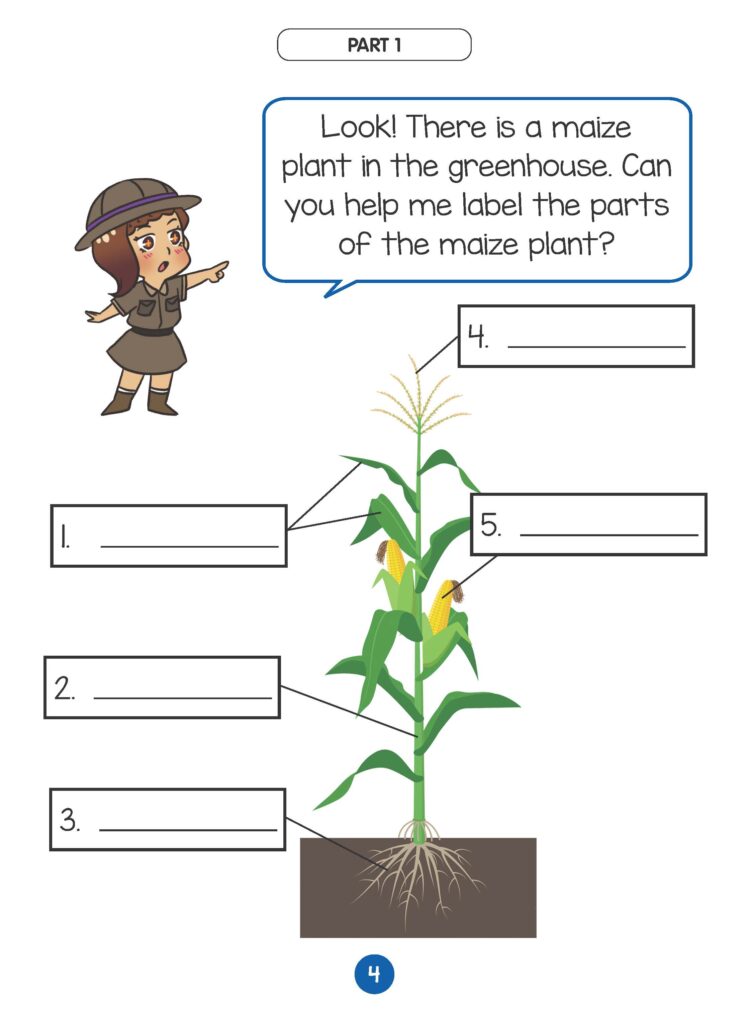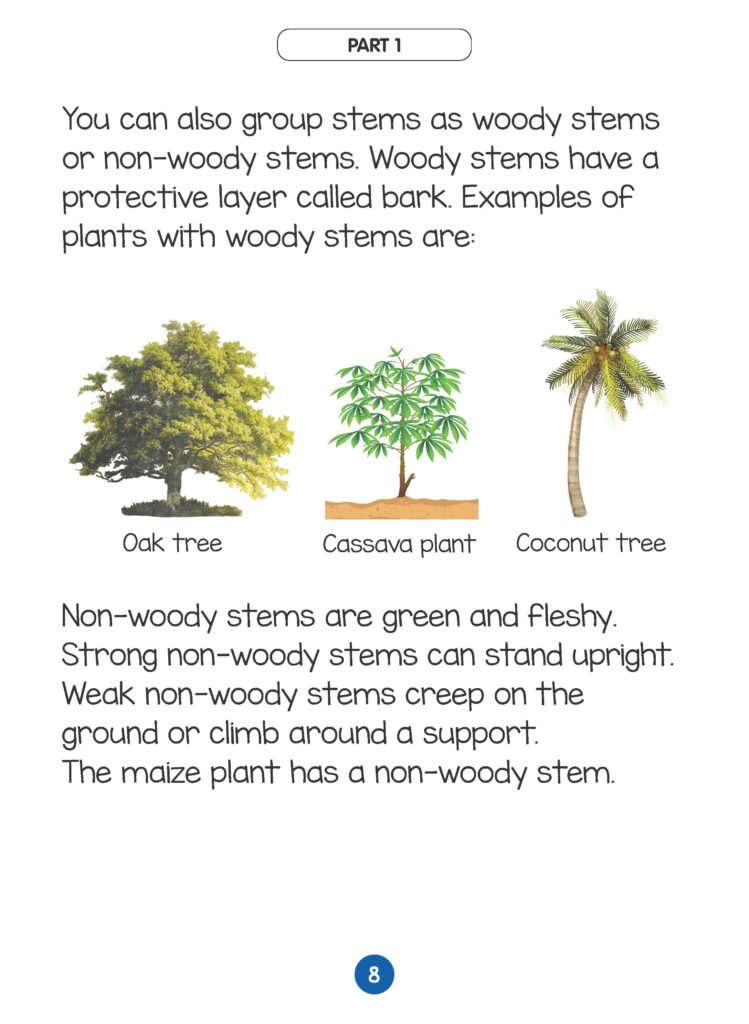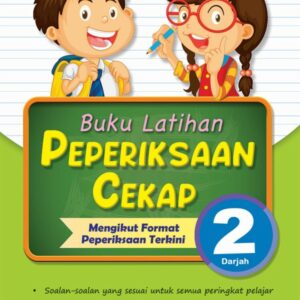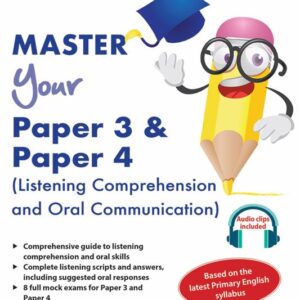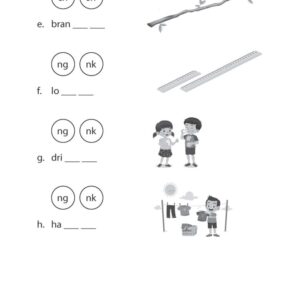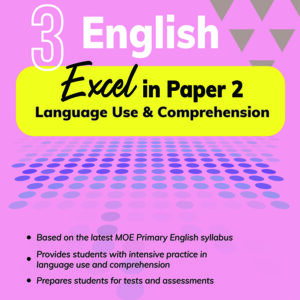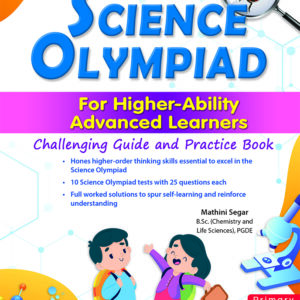Little Science Explorers Book 3
The Little Science Explorers activity storybook series is an excellent resource for children to learn science in a fun and engaging way. The series is about two young explorers going on learning journeys where they discover and learn various science concepts. Through the stories and the characters’ conversations during their exploration, science concepts are made comprehensible and relatable in this series.
Book 3 of the Little Science Explorers series covers a variety of topics that will help children develop an interest in science and learn fundamental science concepts. The book covers plant systems, human systems, exploring materials, and magnets. Let’s take a closer look at each topic and what children can learn from them.
Plant Systems: In this section of the book, children will learn about the different parts of a plant, including the roots, stems, leaves, flowers, and seeds. They will also learn about the different types of plants, such as trees, shrubs, and herbs. Children will learn how plants grow and the conditions necessary for them to grow successfully. The section will also cover photosynthesis and how plants use energy from the sun to produce food.
Human Systems: This section of the book focuses on the human body and its different systems. Children will learn about the respiratory system, the circulatory system, the digestive system, and the nervous system. They will learn about the different organs in each system and how they work together to keep the body functioning correctly. This section of the book will help children understand the importance of taking care of their bodies and the benefits of a healthy lifestyle.
Exploring Materials: In this section of the book, children will learn about different materials, including natural and synthetic materials. They will learn about the properties of materials such as hardness, texture, and flexibility. The section will also cover the uses of different materials, such as metals, plastics, and fabrics. Children will learn about the process of recycling and the importance of preserving the environment.
Magnets: In this section of the book, children will learn about magnets and magnetism. They will learn about the different types of magnets, including bar magnets and horseshoe magnets. Children will also learn about magnetic fields and how they can be used in everyday life, such as in compasses and MRI machines.
In conclusion, the Little Science Explorers activity storybook series is an excellent resource for children to learn science in a fun and engaging way. Book 3 covers a variety of topics that will help children develop an interest in science and learn fundamental science concepts. The book is suitable for children from K2 to Primary 3 and will prepare them for formal science lessons in school. The activities in the book are designed to be interactive, which will keep children engaged and motivated to learn. Parents and teachers can use this book as a supplement to their child’s science education, and children will enjoy the fun and interactive learning experience.

